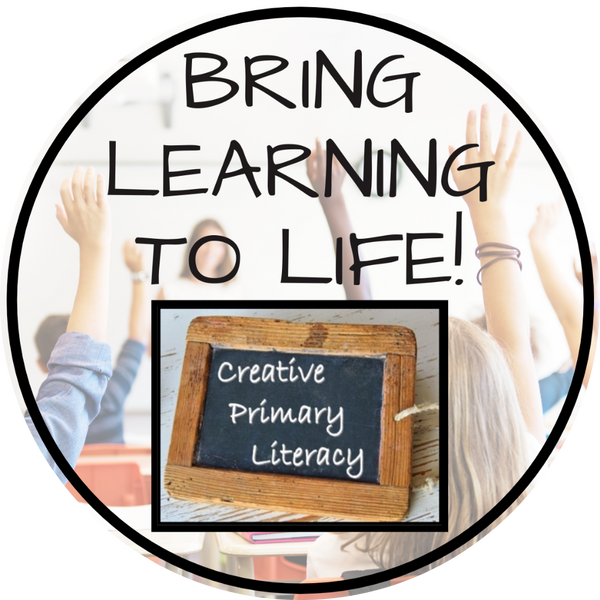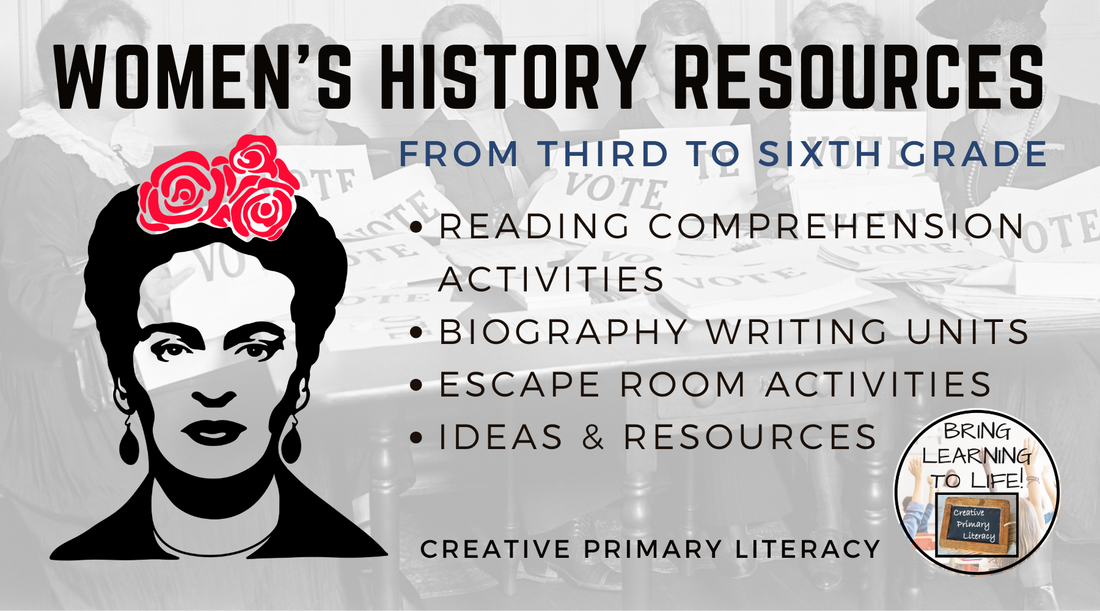Teaching about influential women during Women's History Month is key to ensure young people fully understand the significant contributions that women have made throughout history. Below you can find some great reading comprehension activities about significant figures. These activities are aimed at students in fifth grade and sixth grade, but are also all available for third grade and fourth grade too.
Representation and Visibility: Historically, women's contributions have been overlooked or marginalized in many fields. Highlighting influential women shines a light on their achievements, ensuring they receive the recognition they deserve. This representation is crucial for inspiring future generations of women and girls to pursue their ambitions. Examples of female figures who have been misrepresented in history include Katherine Johnson - the NASA mathematician; Joan of Arc - the influential French military commander; and Cleopatra - the last pharaoh of Ancient Egypt.
Inspiration and Empowerment: Learning about the accomplishments of influential women can inspire others to break barriers and pursue their goals. By showcasing diverse role models, Women's History Month encourages women to envision their own potential and strive for success in various domains, including politics, science, art, business, and beyond. Examples of female figures who provide inspirational role models for today's generation include Rosa Parks - the American civil rights activist; Frida Kahlo - the inspirational Mexican artist; Malala Yousafzai - the Pakistani educational rights activist; and Greta Thunberg - the Swedish climate activist.
Historical Accuracy: Women have played significant roles throughout history, yet their stories are often excluded or minimized in mainstream narratives. Teaching about influential women provides a more comprehensive and accurate understanding of history, enriching students' knowledge and fostering critical thinking about gender dynamics and power structures. Examples of women who may have had their roles minimized until recently could be Sacagawea - the Native American guide; Queen Elizabeth I of England; and the British nurse, Florence Nightingale.
Challenging Stereotypes and Gender Norms: Women's History Month offers an opportunity to challenge stereotypes and gender norms by showcasing women who have defied societal expectations and achieved remarkable feats. By highlighting the diverse experiences and achievements of women from different backgrounds, educators can promote inclusivity and combat gender biases. Examples of women who have challenged traditional stereotypes might include Serena Williams - the powerful tennis superstar; J.K. Rowling - the author of Harry Potter; and Marie Curie - the influential scientist.
Promoting Gender Equality: Recognizing the contributions of influential women is a crucial step towards promoting gender equality. Women's History Month encourages conversations about gender equity and the ongoing struggle for women's rights, fostering a deeper understanding of the challenges women have faced and continue to face in society. Please check out some of our larger bundles including close reading activities, biography writing units, wordsearch puzzles and escape room activities.
Overall, teaching about influential women during Women's History Month is essential for fostering a more inclusive, equitable, and empowered society where women's contributions are valued and celebrated alongside those of men. Click the link below to find 100s of resources about influential women from history.
For 1000s more resources please check out Creative Primary Literacy!



















